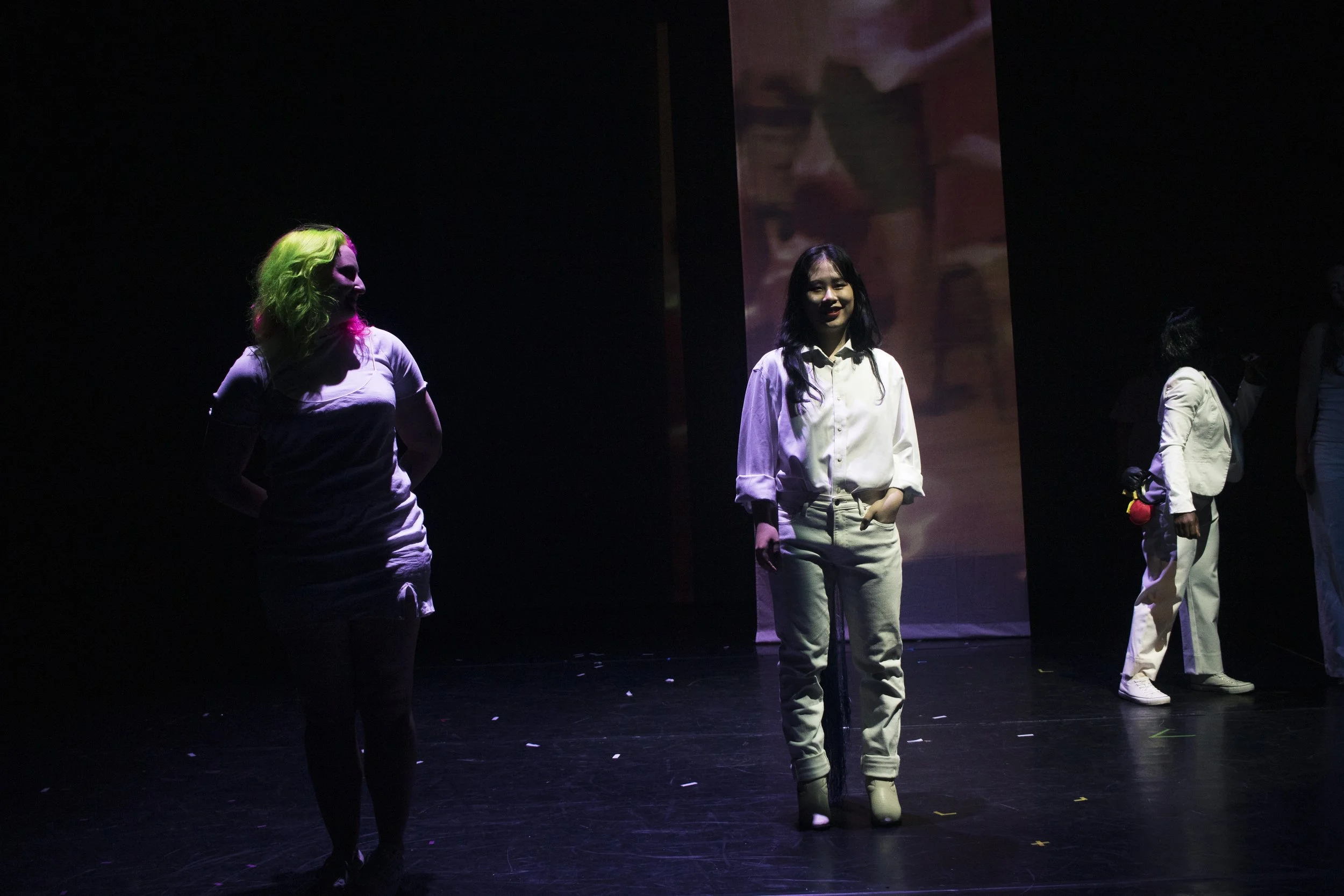CSM Alive: Modern Girl
Sep 2021 - June 2022
Project Overview:
This was to be a piece of work included in the CSM Alive festival; we had freedom in what we created and who we worked with, however it was to be sympathetic to others’ pieces in order for there to be a flow between performances. I ended up creating my own project and working with performers as collaborators later down the line, as it organically evolved that most people on the project wanted to work on their own idea. Also, I have collaborated with others many times in my life as a performer and artist, and some previous collaborations during my studies have ended up with me organising and making someone else’s idea happen, so I wanted to try something different this time - to create something based on my own idea, and then invite others to join me later on. This would help me build on the directing skills that I had learnt during Psycho(ish), the workshop skills I had learnt during Facilitation, and the sewing skills I had been developing throughout the past few years - all coming together to create a live performance that I had devised.
Initial research and influences
Starting inspiration: Mum’s colour shows
I wanted to use the same material as my film project for this project’s starting point: Mum’s colour shows. This may seem odd to use the same stimulus, but there were my own memories of these shows that I hadn’t explored in the film; I wanted to capture the collective joy within the performance that I remembered being a part of as a seven year old. For me as a child, those events were a big deal - I have memories of the women getting dressed into beautiful dresses, tons of hairspray, everyone saying I looked adorable, and how all these women were friends’ mums or my teachers - they were people within the community putting on a show, and I wanted to try and recreate that community feeling within a live performance.
Recreating a community fashion show:
I knew what I wanted the emotions behind the performance to be, I just needed a genre of performance that would carry it. As Mum’s shows had fashion sections in it, I decided to recreate something similar as the base for my performance. I knew I would be designing and making costumes in this project too, so I also wanted to get planning this early on. I created some mood boards of different styles of clothing that was typical of the early 90s, similar to what would have been worn in the colour shows, as a starting point for costume ideas:
Costume design reference:
Amy Stofsky, Dirty John (2020)
Stofsky’s costume designs in Dirty John were a big influence on the costume aspect of this project, as they were of the same time I wished to set my performance, and I felt Stofsky managed to portray the women through the costumes - glamorous, a little uptight, bright and shiny on the outside, brash colours. I planned to use key elements of these pieces in my own designs, to reference the time period.
1990s culture references:
Below are some of my initial references, expanding on the ideas of community, the working class, comedy/humility and nostalgia (personal things I remember as a child):

Bethnal Green Working Men's Club: Themes of interest: cabaret, working class, community

Colour Me Beautiful (Carole Jackson) Themes of interest: women's beauty standards, being told what to wear, nostalgia

The Cook, The Thief, His Wife & Their Lover (peter Greenaway, 1989) Themes of interest: aesthetics of the time

Naomi Campbell falls in Vivienne Westwood, 1993 Themes of interest: humility of performer in front of an audience, aesthetics of the time

Pose (Ryan Murphy, 2018-2021) Themes of interest: community, resourcefulness, the audience is part of the performance
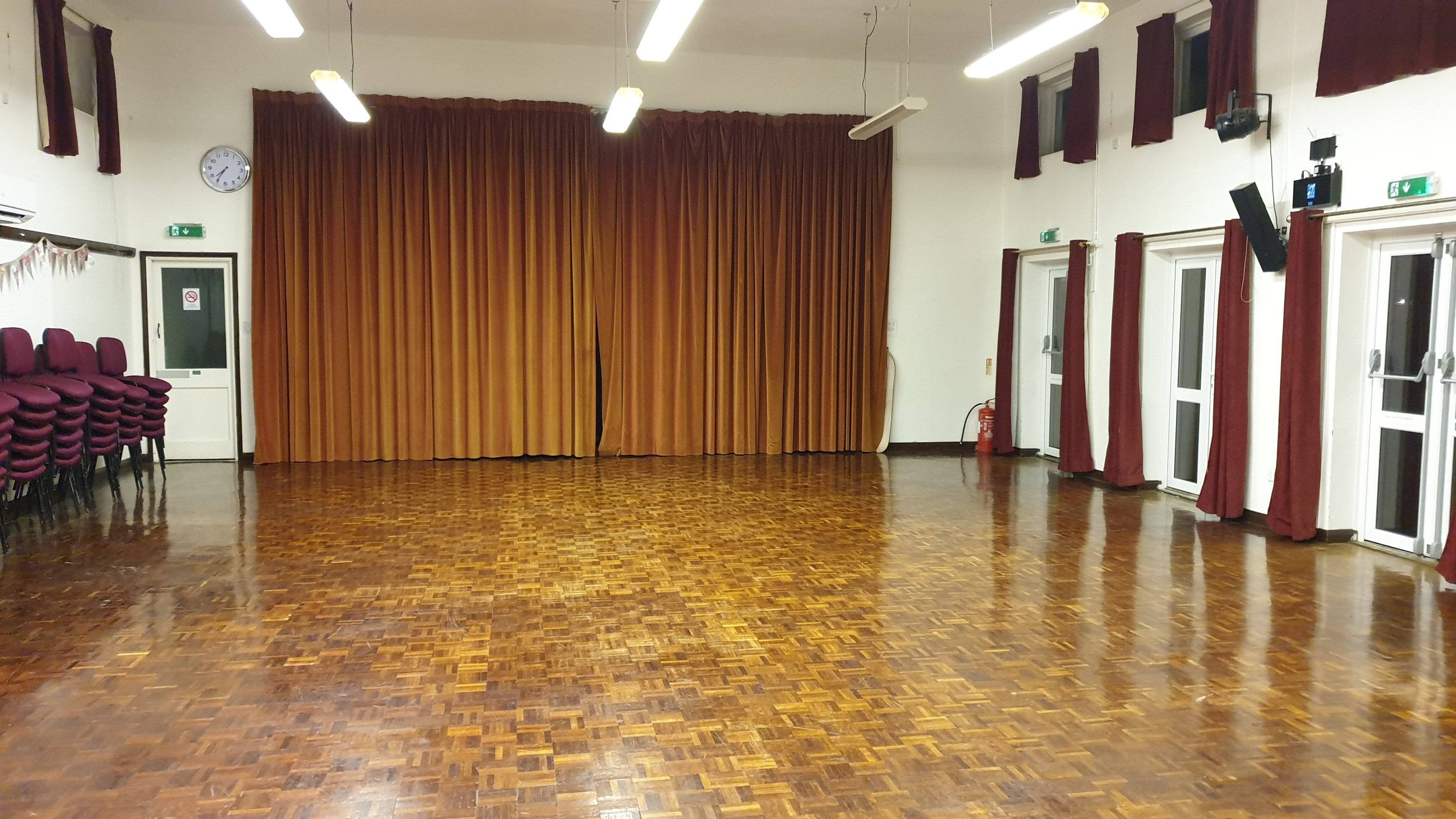
Village halls: represent working classes, community, a space for people to gather and create, nostaglia

The Vicar of Dibley (Richard Curtis, 1994-2000) Themes of interest: comedy, community, nostalgia
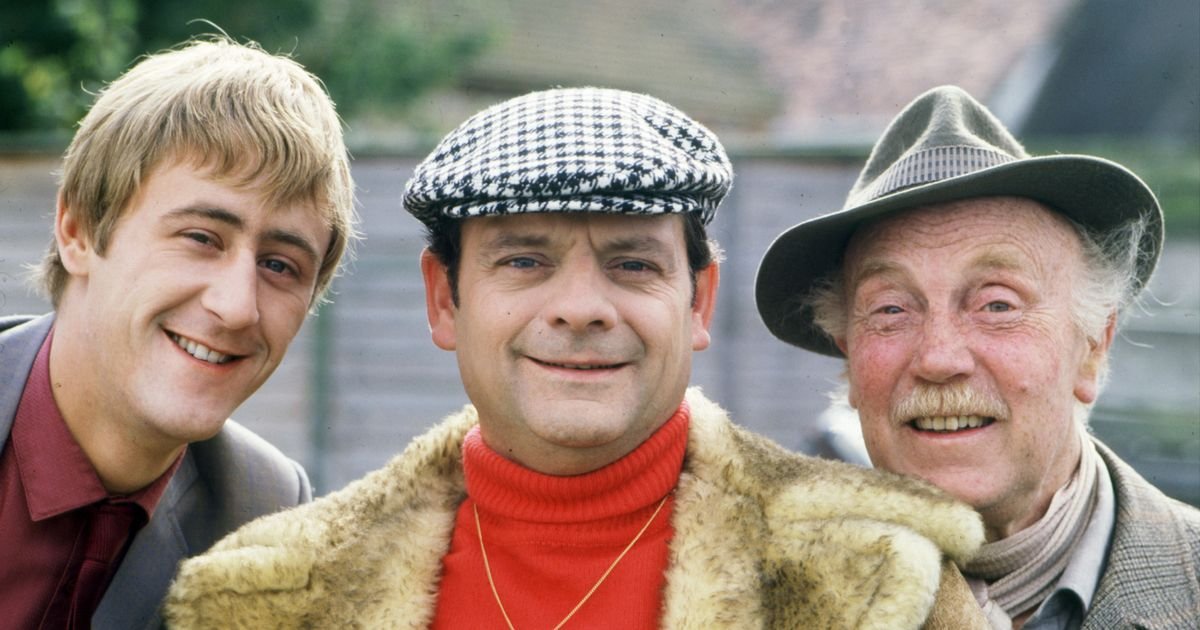
Only Fools & Horses (John Sullivan, 1981-2003) Themes of interest, comedy, working classes, nostalgia

Victoria Wood: comedy, humanity, working classes
Artistic references:
Below are some of the pieces of work/artists I found useful in my initial research, looking at similar references to above:

Figs In Wigs Themes of interest: all female cast, comedy

BOYS (The PappyShow) Themes of interest: collective joy, workshopped performance, community
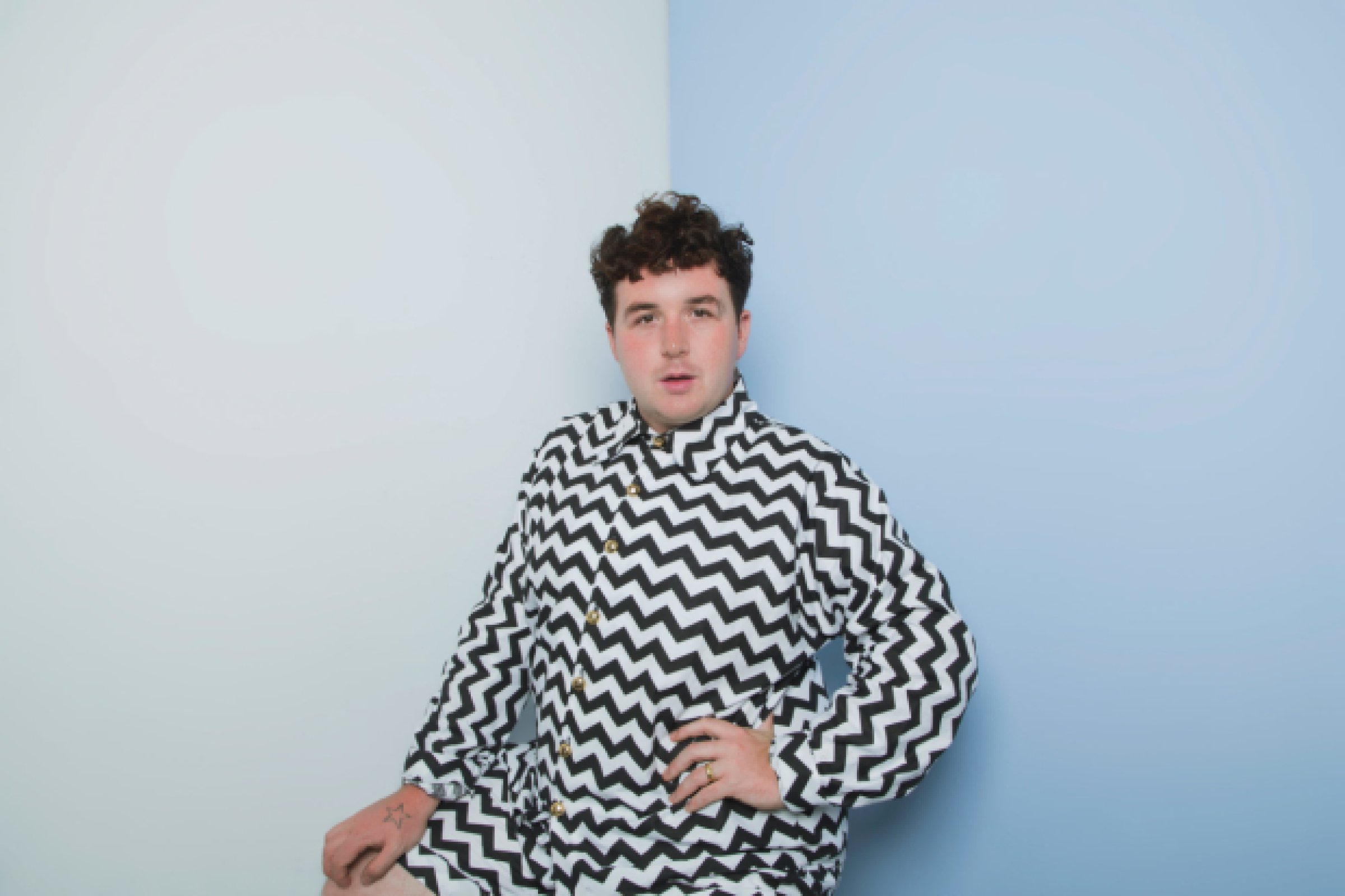
Scottee Themes of interest: working classes, comedy

Cafe Muller (Pina Bausch, 1978) Themes of interest: memory/nostalgia, family

Jacquemus SS17 Themes of interest: runway

Adam's Passion (Rober Wilson, 2015) Themes of interest: lighting design, atmosphere, runway
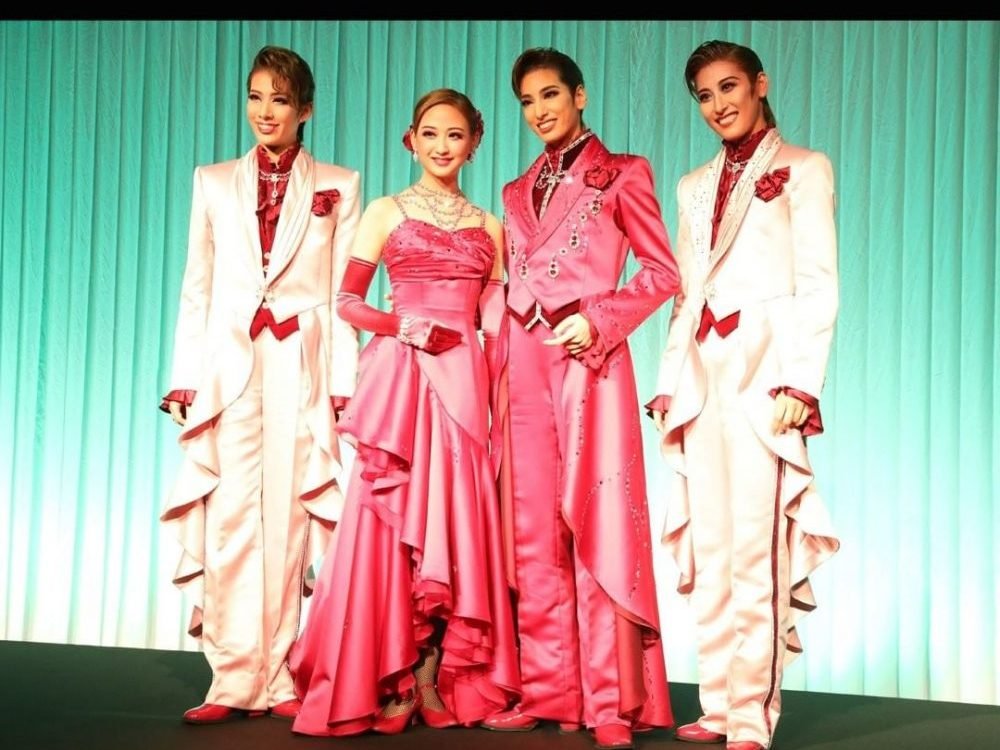
Takarazuka Revue Themes of interest: women playing all roles within a performance
Bringing comedy in:
British comedy in theatre and T.V.
A large inspiration for starting to figure out a narrative for the performance was British comedy T.V. shows - I had loved them as a child and I still related to them as an adult. I researched and discussed with Oleg their key elements and how I could use them in my work. I identified the following:
relatable characters - heightened normality
always some kind of mishappening that destroys the sense of being grand/ability to mock oneself
usually set in relatable settings: in a queue, at the pub, a tea house (Two Soups by Victoria Wood feat. Julie Walters, left), school canteen
I ended up using elements of comedy in the final piece, using footage from Mum’s shows to create suggestions to these types of characters that the audience could relate to.
Project Development
Initial set ideas:
I decided to set the piece in a village hall, as it seemed the most relatable and of the time option - I designed a set with layers of hanging elements to create depth on the stage, and to emphasise a runway made of rostras. The feedback I got from this design was to question how I would use these hanging elements, specifically the notice board - it had to have a use. Upon reflection this made complete sense, so I readdressed my design and decided to have a plain hanging board which could be projected onto (seen as noticeboard in digital design) - this would give me more freedom to change scenes if needed, and to also help tell a narrative through projected footage - this was a pivotal moment in what I wanted the piece to say; I decided to focus back on my memories as a child. As I redesigned the set, I also thought of memory as an element; I designed the pieces to look like they were disappearing, like memories - this idea was influenced by Salvador Dali’s surrealist paintings.

Initial design

Revised design (projected noticeboard)
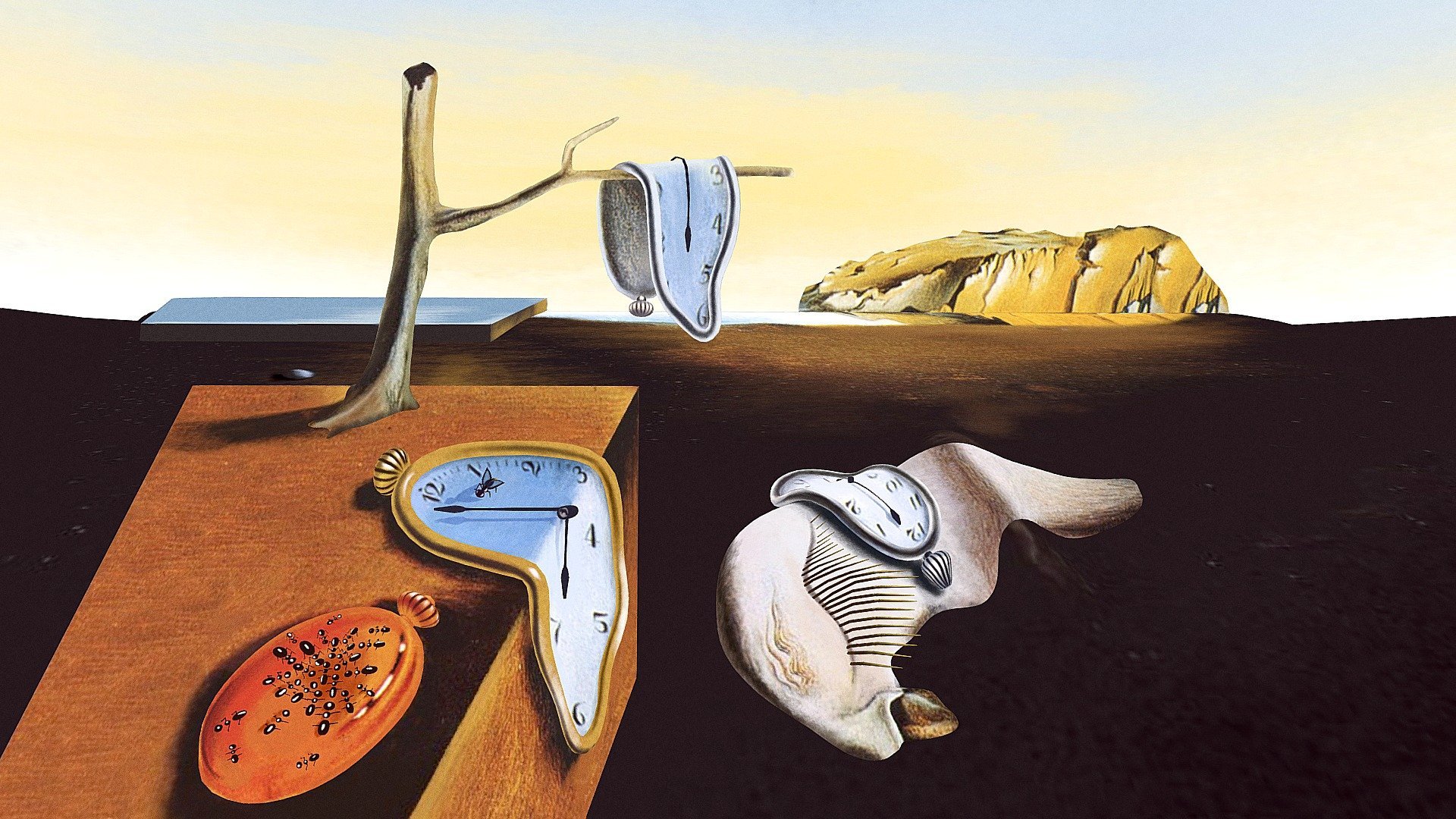
Salvador Dali, The Persistence of Time, 1931
Using memories within performance: Cafe Muller
Building upon this idea of memory, I referred back to Pina Bausch’s piece Cafe Muller; a performance which explores Bausch’s memories of her parents’ cafe when she was a child - it portrays the sometimes surreal way a child can view the world, which I wanted to explore in my project. I created two costume designs that played on this; one design was a set of legs created by two people moving together, and the other is a dress in a typical 90s silhouette but made of various fabrics that evoke personal memories - another option would be to project footage onto a plain white dress, which may be more efficient and simpler in design.
I collaged these designs based on feedback I had got from my initial set designs for this project - I needed to explore ways of sharing the emotions within my designs, as they were initially showing my lack of confidence in my drawing skills. I felt the collaging was more effective; I feel these designs show what I am trying to portray.
Process
Audience workshop with Peter Bond:
During this workshop, we looked at how we would explore entrances and exits within our performances - it was really interesting to use the others within the group as an audience, and see what happened. I discovered that my piece was to involve physical theatre, going in “wrong” and coming out “right”, and the audience being taken on some sort of journey/transformation.
Scratch performance: making decisions, sourcing performers and costume
The scratch performance was looming, and we had some time to spend in the Platform Theatre experimenting with space, lighting and set pieces. I found some banners in the theatre that weren’t being used, and I felt they could be an effective way of bringing elements of Mum’s colour shows into the performance - I could project the footage of the shows onto banners, which may give a sense of the women in the footage being on stage.
I also had to source some performers and costumes for the scratch, and as I had yet to define a clear narrative with no cast and no costumes at this point, I felt the most realistic option would be to ask others in the group if they could step in to act as “models” - I sourced some bits of 90s clothing from the costume store for them to wear, and we rehearsed a quick runway to a 90s track. I wrote a short piece of writing that described my memories of the colour shows, in which I performed as part of the scratch - I didn’t plan to perform but this was the most effective choice at this point to convey my idea for the final piece.
I also experimented with projection mapping for the first time; I had the idea of projecting footage of myself in the colour shows onto myself as I spoke. I asked Raf to stand in during tech so I could see the overall look, and to make any changes if so. Below are some images showing these points:
Scratch Performance:
Reflection after scratch:
I immediately knew I didn’t like it; that it needed more fun - I had stepped out of my comfort zone by exploring a more realistic aesthetic, and by not using humour. (I feel at home using humour in live performance through my cabaret background). Even though I had learnt things by this exploration, I felt I had lost the initial point of this piece I had wanted to convey, which was collective joy. I also knew I wanted to push my costume design and sewing skills, and therefore wanted to make costumes. It felt at this point that I was back to the drawing board, though I knew I enjoyed the runway element and also using the footage of the women from the colour show. I took these aspects and changed direction…
Further Project Development
Adding joy, humour and campness:
After the scratch, I decided to have more fun with this project - I knew I could still push myself whilst staying true to my values as an artist. I was still referring to my initial influences but I added more, which were based on joy, humour, campness, and 80s/90s nostalgia. I also looked at Priscilla: Queen of the Desert (Stephan Elliot, 1994), To Wong Foo, Thanks For Everything! Julie Newmar (Beeban Kidron, 1995) and We’re Here (HBO, 2020) as key references for the themes of community, humour and drag:

Priscilla stage show (2006)
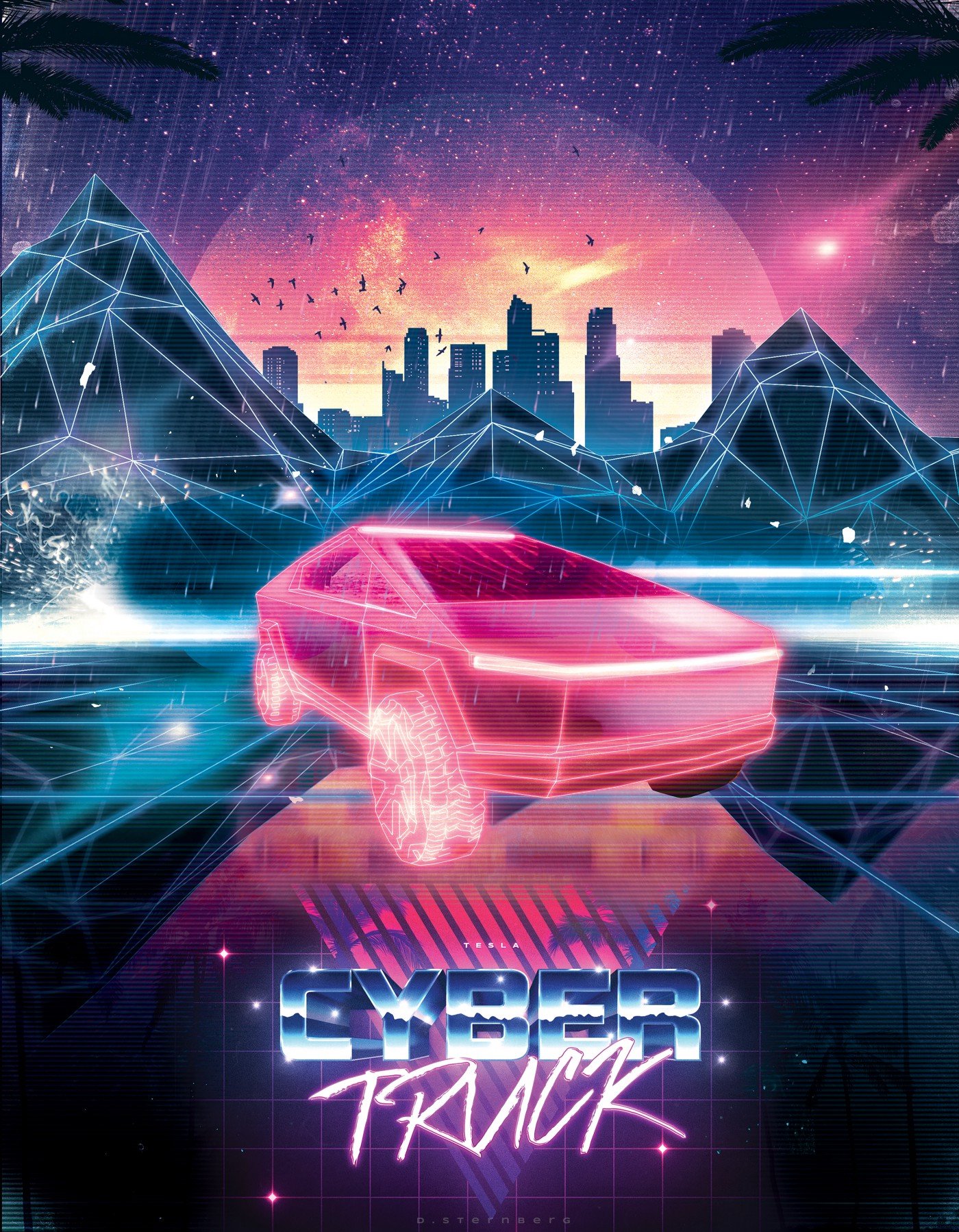
80s synthwave

To Wong Foo... (Beeban Kidron, 1995)
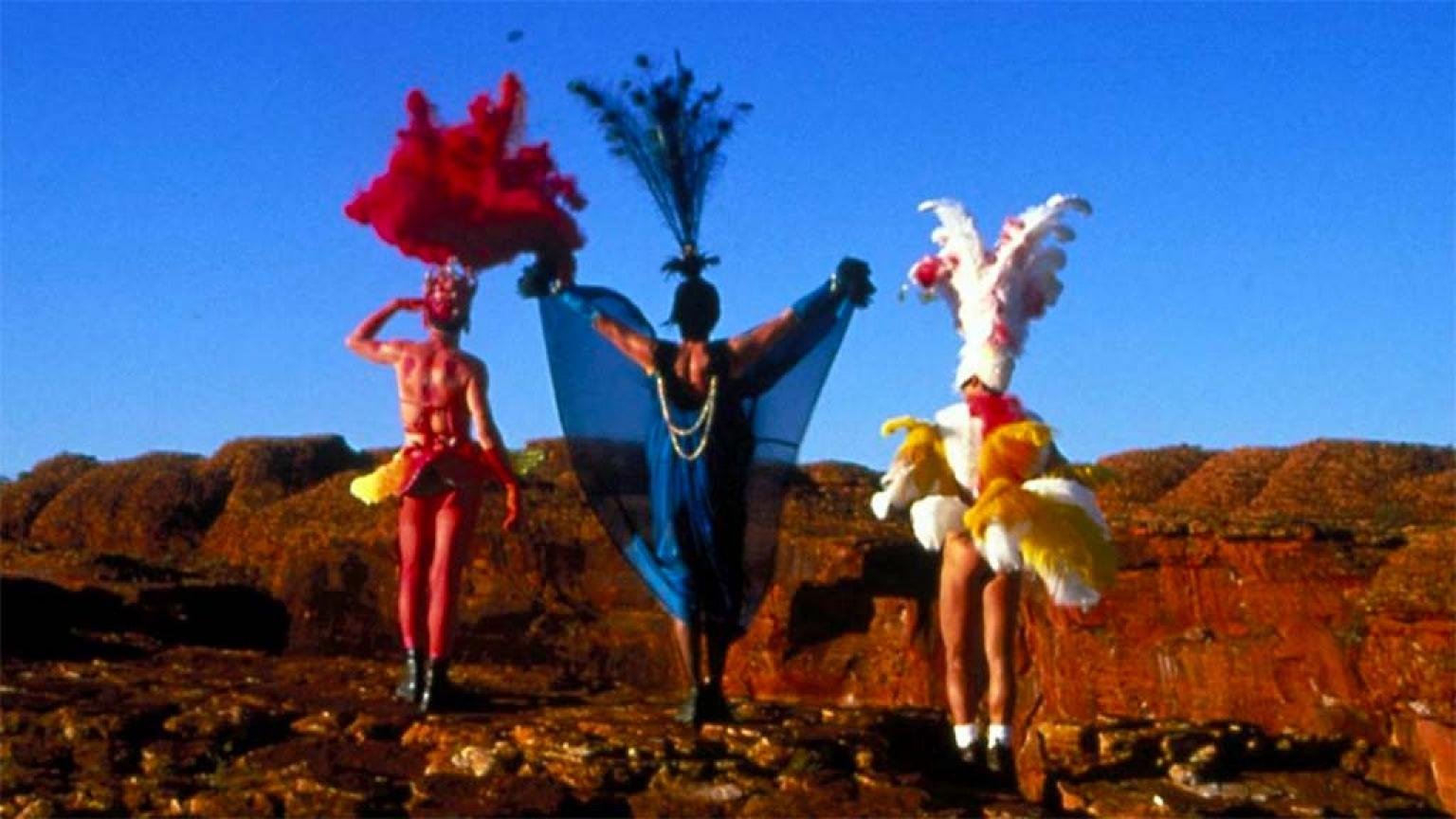
Priscilla, Queen of the Desert (Stephan Elliott, 1994)

We're Here (HBO, 2020)

The Normal World (Gabriella Engdahl, 2021)
Casting call:
I was aware that I didn’t have much time if I were to find performers and create a final piece with them; plus make the costumes. I created this poster and sent it out to friends and fellow students that I would like to be in the piece, as well as who I knew may be available. I ended up with seven willing participants; they were a mixture of students from PDP and performer friends which I was excited about - I was looking forward to how the dynamics in the group could assist in creating a performance.
Final costume designs:
Mixing iconic 80s and 90s runway with Bauhaus influences
My designs here are messy; there are a few where I have shown my trying out designing digitally. This is still a skill I am working on; with these designs I wanted to get the main shapes of the costumes onto paper - they were heavily influenced by the playfulness and sculptural elements of the bauhaus movement. I decided to blend this with 90s runway looks; I was inspired by costume designer Sandy Powell in how she tends to mix two historical periods when designing.
Process
Costume making process:
My first experiments in the making process were playing with inflatables - I had the idea that they would add volume to costumes similar to the Bauhaus designs, and had been inspired by Engdahl’s The Normal World. I played around with using fabric over them to extend parts of the body, before settling on using them on one main costume (Betty’s) and then bearing in mind I may create more headpieces if required with them later on.
I ensured I measured everyone as soon as I had the cast; this enabled me to start sourcing materials as soon as possible.
I decided to try to use whatever materials I already had at home, aiming to be as resourceful as possible especially when whatever costs there were for this project were being paid out of my own pocket. I gathered everything I wanted to use, allocated materials to designs, saw where the gaps were and bought what I needed. I went for a consistent colour palette, to reflect the influence of a fashion show. This linked both back to Mum’s colour shows and also the references for the project. Once I started making the costumes, I would have regular fittings depending on who’s costume I was working on, moving between the seven costumes as I went. Here are some main points that happened during the making process:
I used a 2-way stretch velvet for Betty’s dress as it was what I had in; I had to put in a zip and the whole thing didn’t fit properly. I bought 4-way stretch velvet and it was much better; no zip needed
I used pom poms to create Chloe’s bustle and Flo’s epaulettes, creating a crinoline from ribbons and wire for the bustle
I had to be resourceful when cutting out material as I didn’t have much for some pieces
I switched a few costumes around the performers due to fittings, what they felt best in
I had to make changes and amendments up until the first performance; ensuring things didn’t break and were comfortable to wear/get changed into quickly
Below are some pictures demonstrating this process:


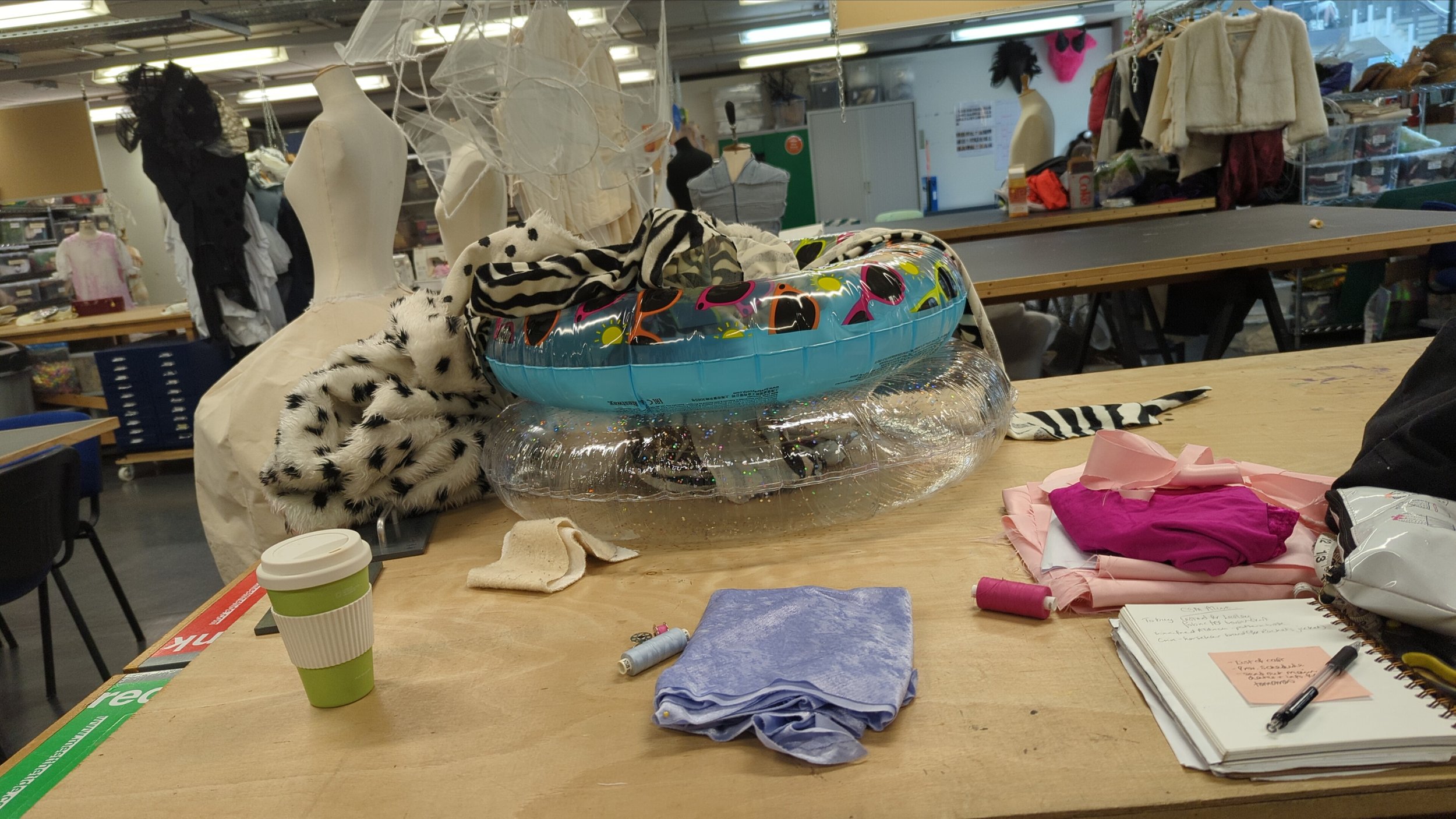




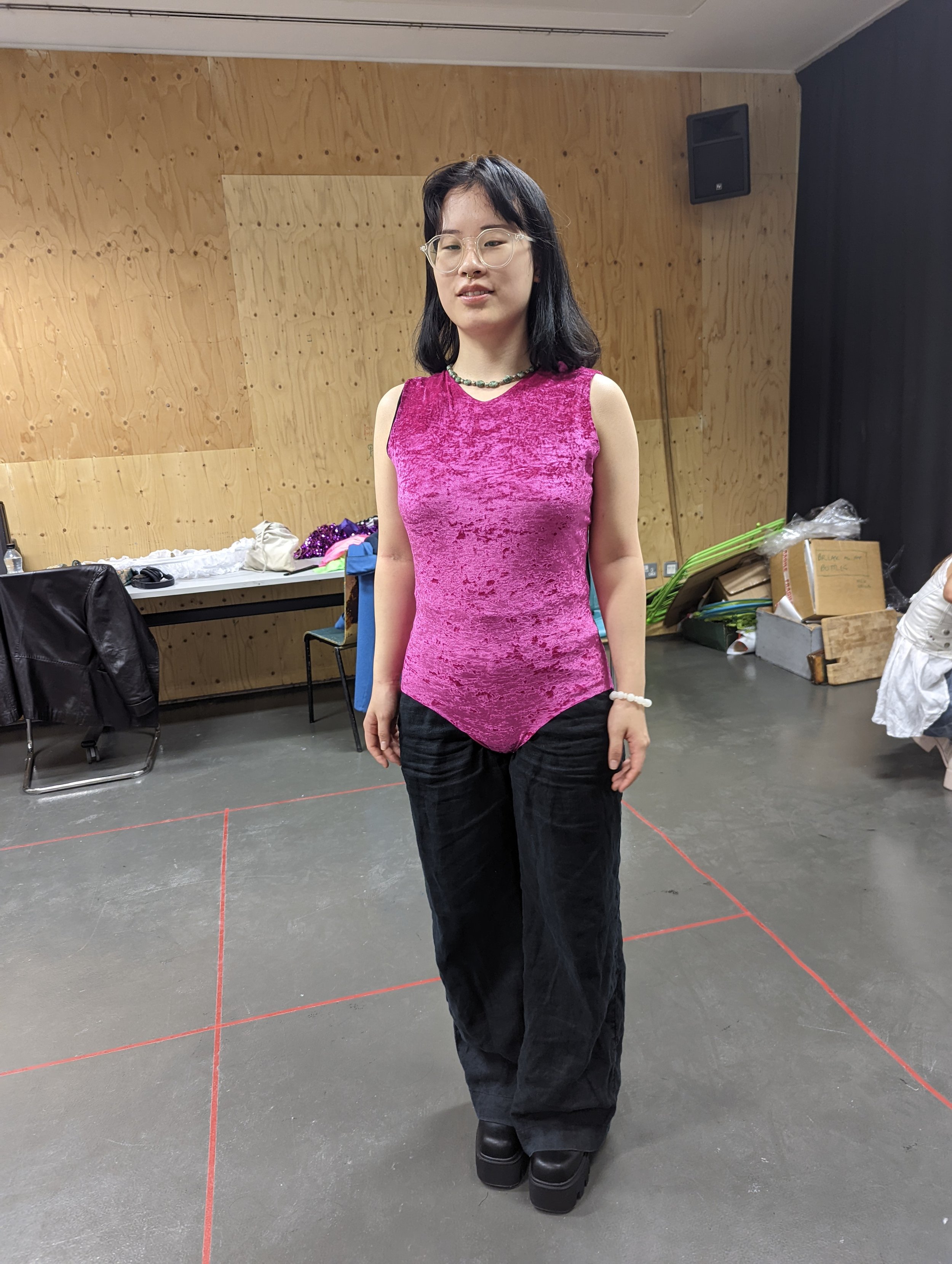















Devising workshops and collaborating with performers:
Key reference Kane Husbands/The PappyShow
I had learnt alot in how Kane ran his workshops through the faciliation project, and I had seen the outcome of this way of working when watching BOYS - Kane then helped me in finding my way of how to create content through workshopping. Together we devised a list of exercises that I could try out with the cast, and see where that lead. I knew I wanted the main theme of these workshops to be transformation, so the ideas stemmed from that. Some of these ideas were as follows:
make a routine as a group
changing - putting clothes on in the room; how does that look?
write something - resolutions?
dull to fabulous/one to all
I was very nervous before the first workshop, as I had never worked in a show where the content of the show was produced collectively by the cast, and so as a director I didn’t know what the show would be until we had workshopped ideas - in all honesty, this terrified me. This was a completely new way of working for me, as I felt very uncomfortable not having a script, or even really a plan for the show.
The workshops surprised me, in that ideas were generated quickly and pieces of performance developed between the performers - it was great to see how the relationships between them formed these pieces of work. As a director, I guided the cast loosely in arriving at decisions they were happy with - this was important to me, as I wanted them to have had as much creative input as me. Also to note was that we only had three sessions from starting the workshops to the final performance, which like I say was terrifying but in the end amazed me at how quickly performances were generated.
Before the final rehearsal, I devised a journey that the performance could take, looking at what pieces had been created between the performers during rehearsal, as well as curating a dynamic journey throughout the whole performance - moments of humour balanced out with more serious moments, loud versus quiet moments - I tried to use my intuition and past experience of working in theatre to build a strong end piece. This then gave the cast a foundation to work from and build their confidence in rehearsing their parts.
Rehearsals:
Building dynamics through piecing sections together
Here are some shots and footage of our rehearsals - these were outcomes from trying out some of the exercises mentioned above, all looking at transformation, collective joy, playfulness and femininity.
I loved the reharsal process; even though we didn’t have everyone together until the first performance, I wanted the cast to feel at ease and joyful in being a part of this piece. I allowed time for them to form bonds between each other, as I felt this was extremely important in showing their true selves when on stage.
Reference: John Cage’s 4’33” (1952)
“the absence of intended sounds.”
Composer John Cage’s 1952 piece 4’3” involves Cage coming onto the stage, sitting at the piano and then not playing for a long period of time - he intended to allow the audience to become a part of the piece by the way they create sounds in their awkwardness of Cage not playing the piano. I was inspired by this to create a moment in the performance in where the audience feel like something should be happening but it’s not, and no one really knows if it’s intentional or not; they then become part of the work, just as in Cage’s piece. Timing is key, for awkwardness and for comedy. During rehearsal we played around with leaving long, awkward poses in between moments, as there was an unintentional bit in Mum’s show that had a really long pause which I wanted to recreate - how long until the audience feels uncomfortable?
4’3”, John Cage, 1952
First part of this footage shows the long pause - awkward!
Editing footage and creating a track list:
As we were still using the banners for the piece, I had to think about how best to use them - I still wanted to keep that feeling of community and nostalgia, so I chose to use parts of the footage from Mum’s shows to help break up the performance. We devised parts where the cast would talk as if they were on stage with the women in the footage, which made them feel more real and they were a part of the show as themselves.
I also created a UV video section to be projected onto the banners for a small UV section that Flo and Lesley had devised, and created a track list for those parts that needed it. We ended with a live song, sung by Pam, which was the same song that was used in the colour shows in 1992 - I timed the footage to play along in time with Pam’s backing track (I had edited the track down from almost 5 minutes).
Creating a runway with light & projection mapping
Trying out with backlighting
Comparing UV and LED lights
Tech rehearsal:
By this point we had a clear ten minute piece, and the cast were confident with their parts. I had created a tech spec list for the Platform Theatre production team, and we went through it ironing out any tweaks; few changes had to be made based on what was possible in the space. This was an uneasy moment for me, as this was a piece of my own and so there was no one else to ask for guidance - I overcame this by asking friends and fellow classmates to give a second opinion and provide feedback where needed.
It was also during this tech time that I supported other performance pieces - I assisted in Fanni’s by working with Kira to set up, be a part of and take down her water piece, and I performed in Liz and Izzy’s piece as a judge, therefore having to learn lines and be present for their techs. This made it a busy time for me, however I love performing, and also a main element of CSM Alive is to work alongside others; I was happy to be supporting other’s work.
Hair and makeup moodboard:
I created this as a reference for the performers, as they were doing their own hair and makeup ( I helped out). I decided to not get a hair and makeup artist to do it, as I felt this was not necessary and kept costs down. Plus, my cast felt confident in doing their own, and it is a normal thing to do as a cabaret performer which I feel links well to aspects of the show. and my own practice.
Outcome
Final costumes:














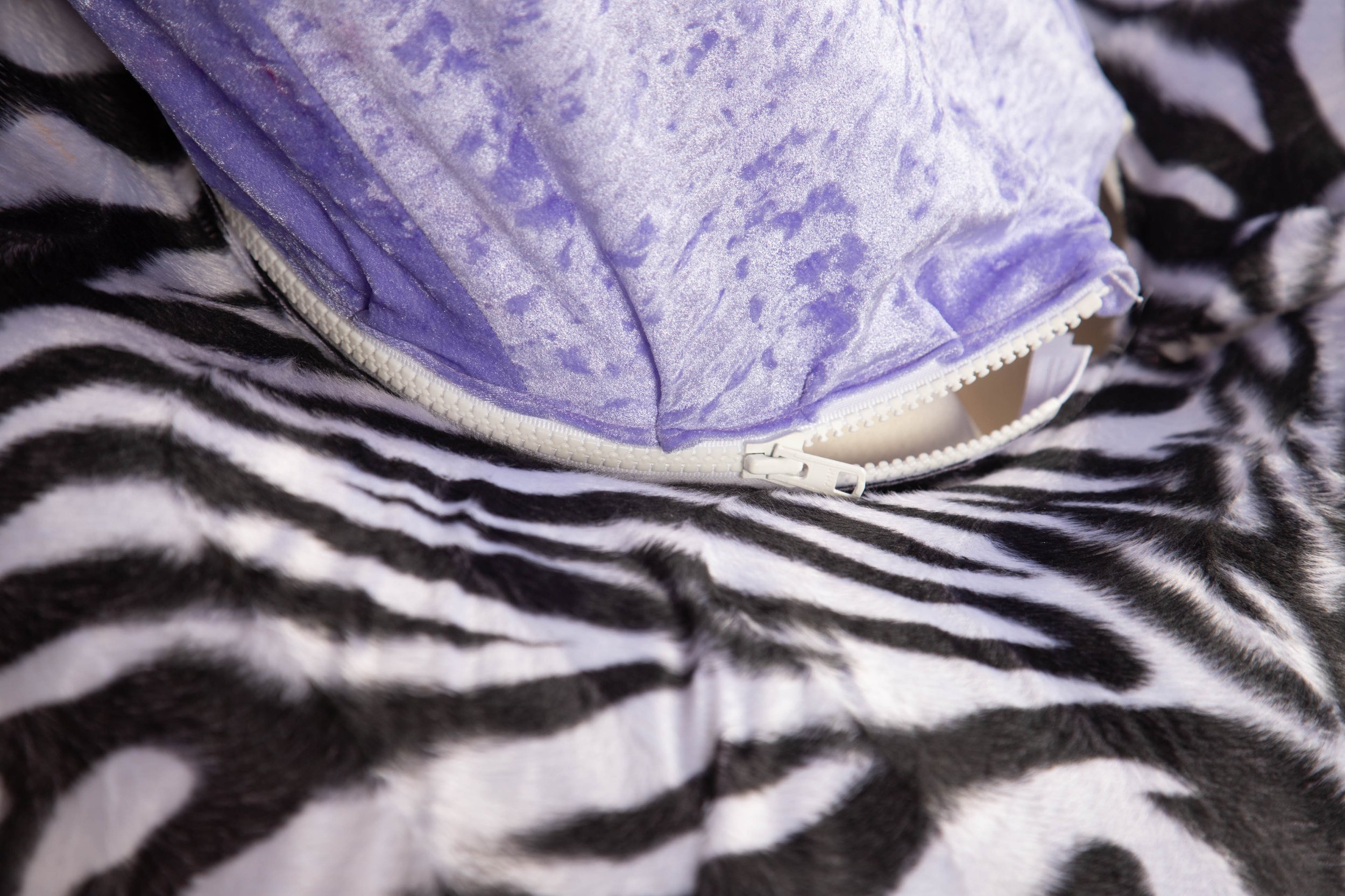






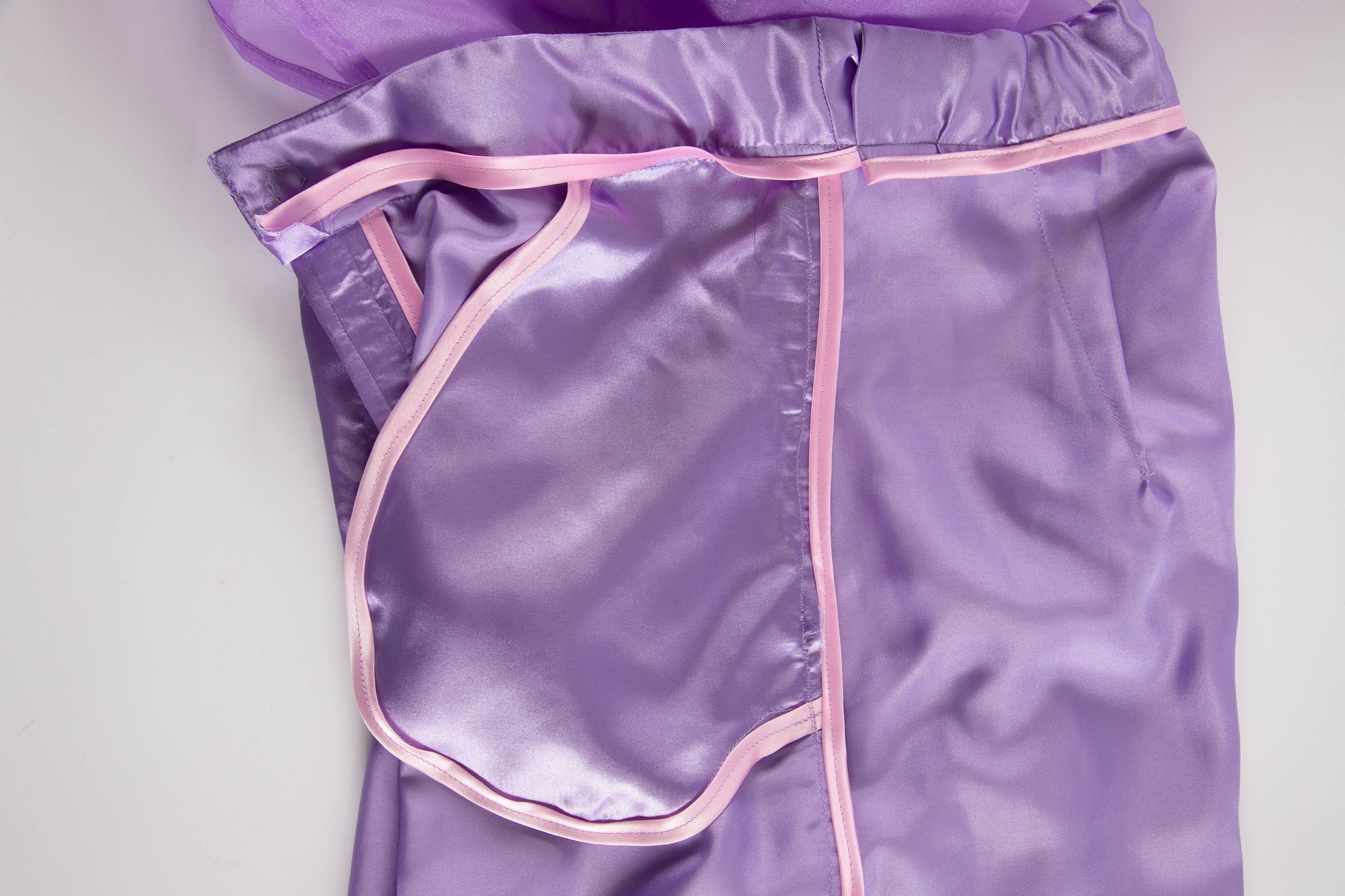


Final performance
Credit: Mark Duffield
Cover image credit: Cesar Mota



Some BTS moments, captured by me and Rachel Steele
We had a raffle!
In keeping with the 90s community village hall setting, I asked for help from Celine in MA S1 to run a raffle on the last performance night - I asked her to give out free raffle tickets in a 90s shirt I sourced as people came into the theatre, and she then gave out raffle prizes I had gathered from charity shops as the audience left. The prizes were items from the 90s; I wanted them to be nostalgic but slightly useless in today’s world, like cassette tapes - I feel this continued the subdued comedy theme from the performance out into the world after it had finished.
Project Reflection:
What did I learn?
techincal skills in costume making - sourcing fabrics, adding structure, using unusual materials, making multiple costumes at once, curating a collection, ensuring they were comfortable to move in
directing - managing a group of people, asking for help when needed, delegating during workshops and organising rehearsals, making creative decisions based on my own initiative, explored new ways of working through workshops
Evoking joy and recreating memories - I felt I had achieved this, as the feeling at the end of the performance was very similar to how I’d felt during those clothes shows - surrounded by women celebrating themselves and each other.
What did I have to overcome? My own self-doubt, especially when leading a team - I could not afford to be less positive than they were; I had to lead by example. I also had to overcome doing most of the work by myself, which at times felt lonely and overwhelming - in hindsight this was not a healthy way of working, however this time I achieved what I set out to achieve by creating a piece of my own.
What would I do differently if I were to do it again? I would definitely collaborate more with others, especially with the technical aspect - I felt the piece could have been more effective if I had done so. And also asking for more help when making the costumes, as it was alot of work on top of running the show. It would also have been beneficial to have worked alongside someone from the start; looking back I would have benefitted from either having someone on board or allowing the idea to evolve between two creators.
How can I move on from this/take it further? I had good feedback that this could be a show that evolves; that it has legs to become something even bigger. I would love to expand it by developing my practice through further workshops, and perhaps taking the idea into communities to create performance.






































